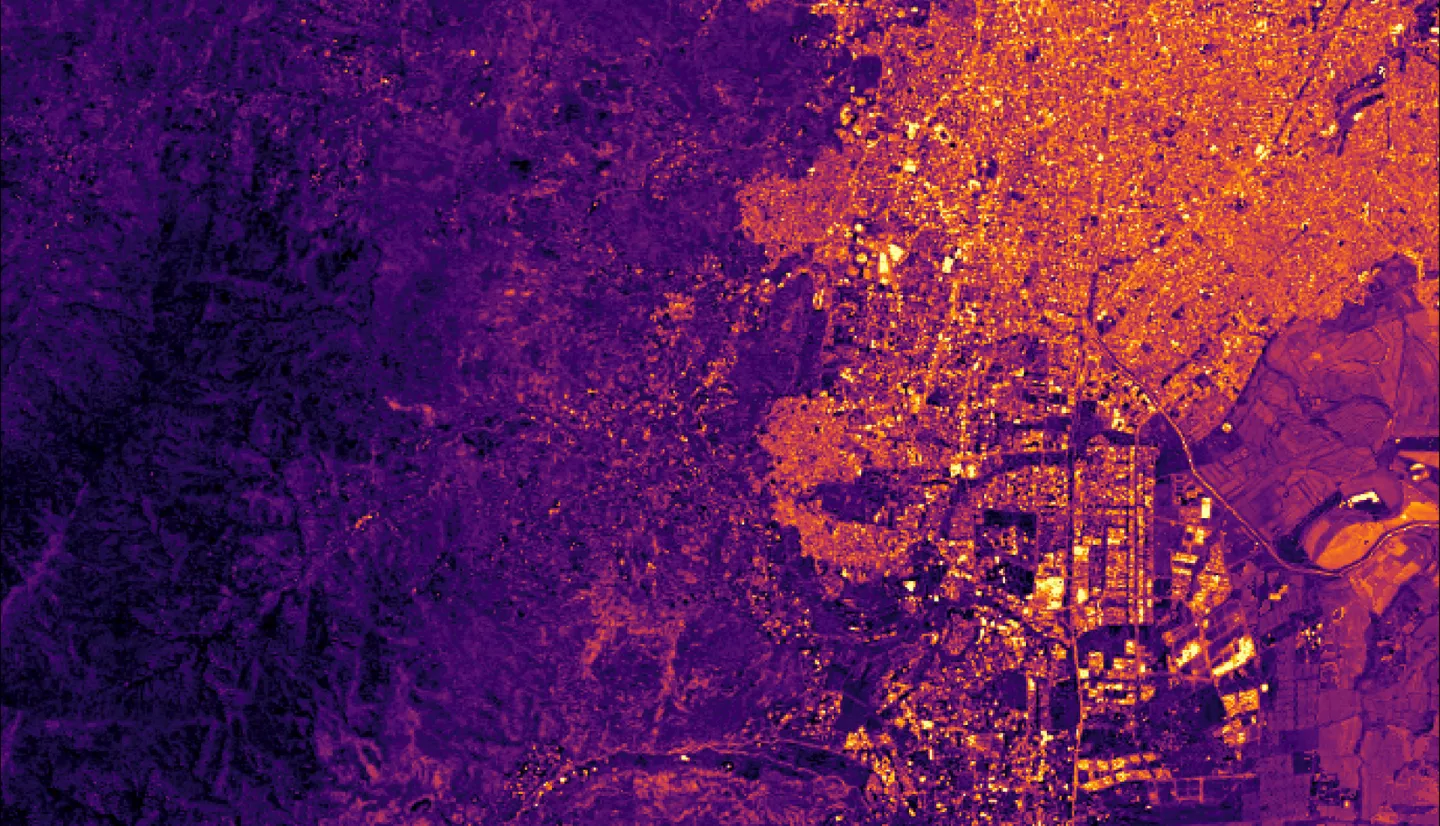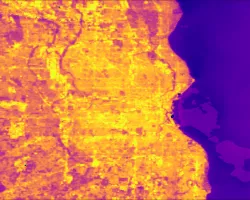Cali Water Resources (2024 Spring)
Team: Tallis Monteiro (Project Lead), Gabi Davidson-Gomez, Nathan Tesfayi, Raquel Trejo
Summary: Recent research has documented the global decline of wetlands, largely attributed to increased urbanization and agriculture. This NASA DEVELOP study partnered with two local environmental entities in Cali, Colombia: The Fundación Dinamizadores Ambientales and the Departamento Administrativo de Gestión del Medio Ambiente. The team utilized Earth observations to evaluate trends in wetland extent, potential, and land cover in Cali between 2002 and 2023. A supervised classifier was generated within Google Earth Engine to create land use analyses of the region using Landsat 5 TM, Landsat 8 OLI, and Landsat 9 OLI-2 imagery. To identify locations of wetland potential within the study area, wetland probability was assessed by inputting PlanetScope, Sentinel-2 MSI, and partner-provided datasets into the Wetland Intrinsic Potential Tool in ArcGIS Pro and R. Data from Sentinel-1 C-SAR, Sentinel 2-MSI, and Suomi-NPP VIIRS were used to evaluate wetland extent using the Wetland Extent 3.0 Tool in Python. Overall, results indicated areas with high wetland potential, particularly in the southeast region where agricultural fields were previously wetlands. Outputs also suggest a vast network of riparian wetlands in Cali. This study did not investigate socioeconomic data as it relates to wetlands, which is a topic suggested for future research. This project included research into links between land use change, wetland extent, and wetland potential, and provided partner organizations with an objective foundation from which they can identify at-risk wetlands and develop community initiatives for wetland management, conservation, and education.



